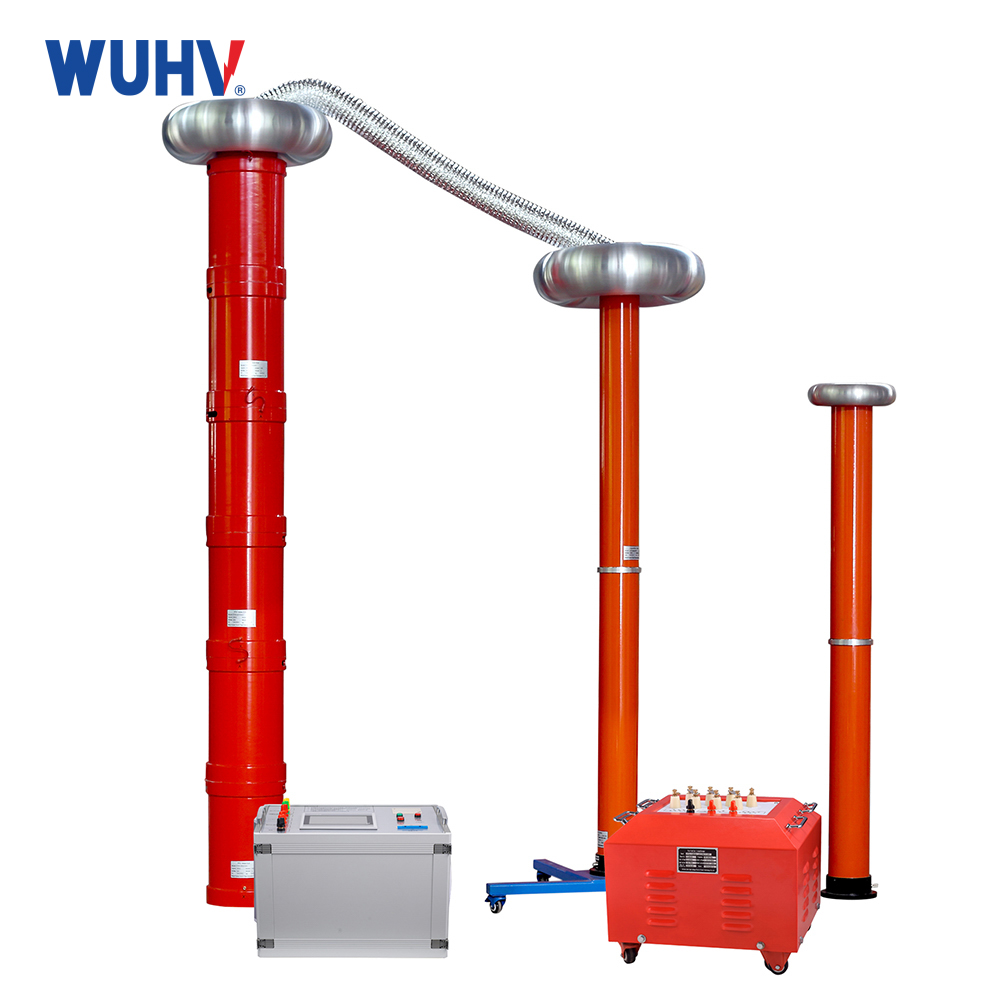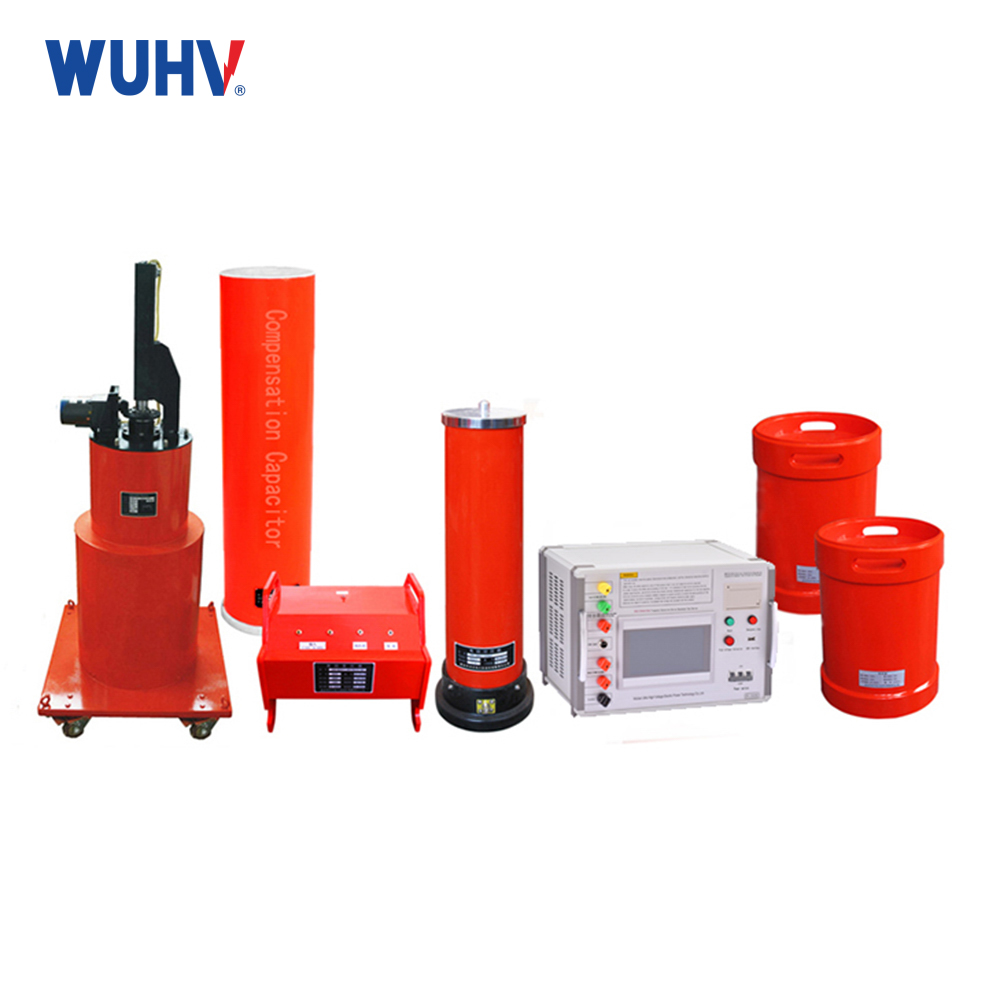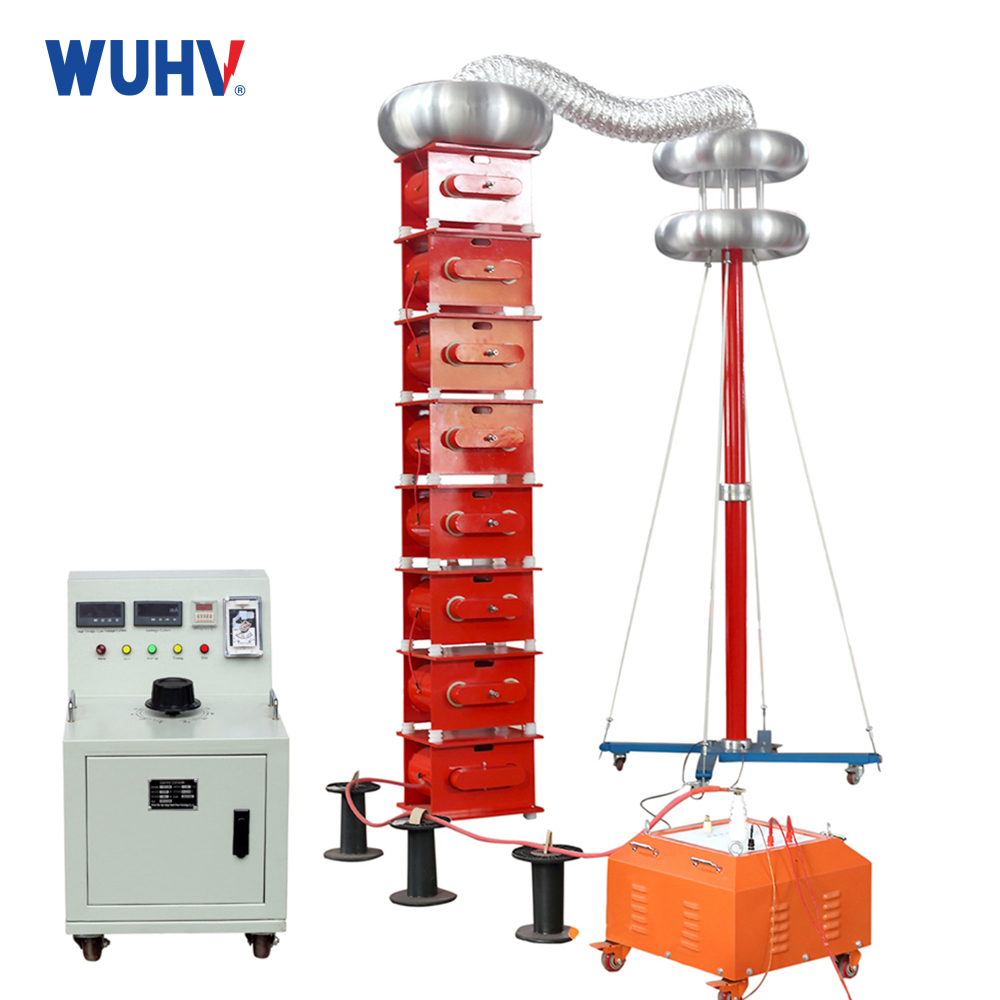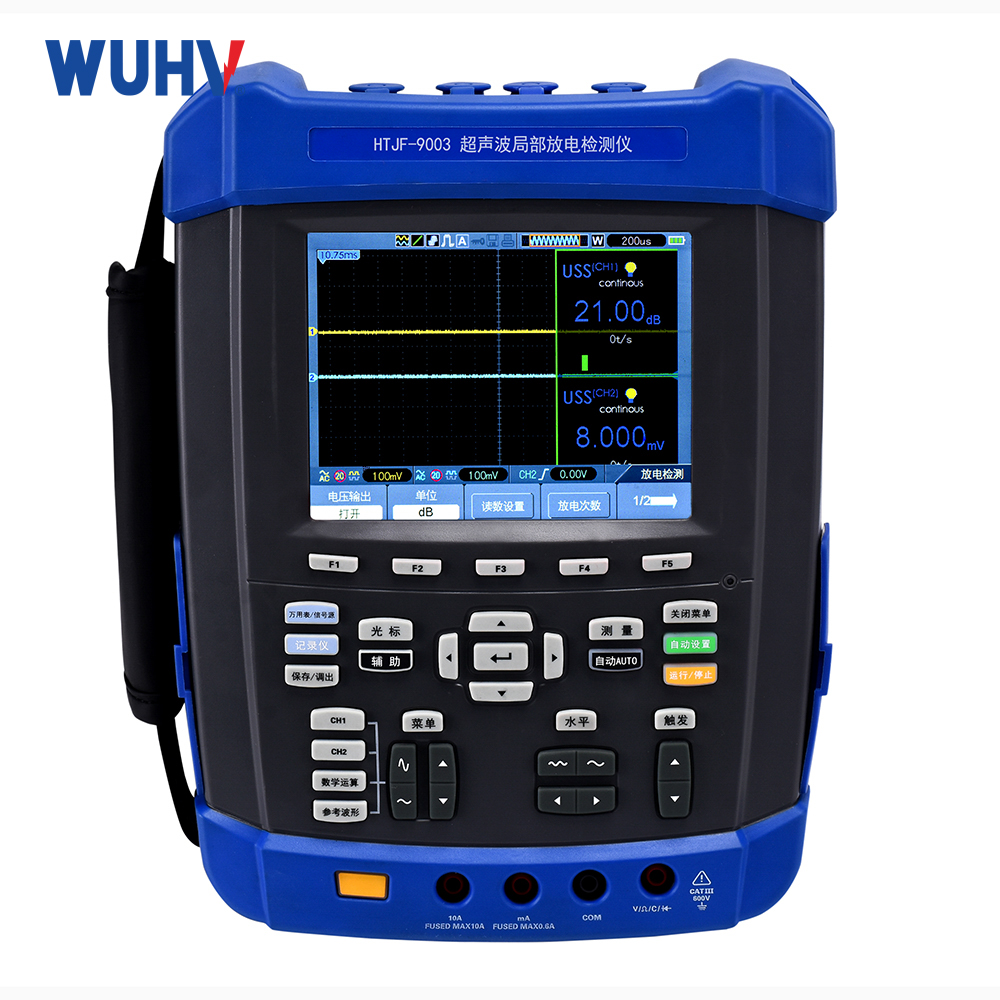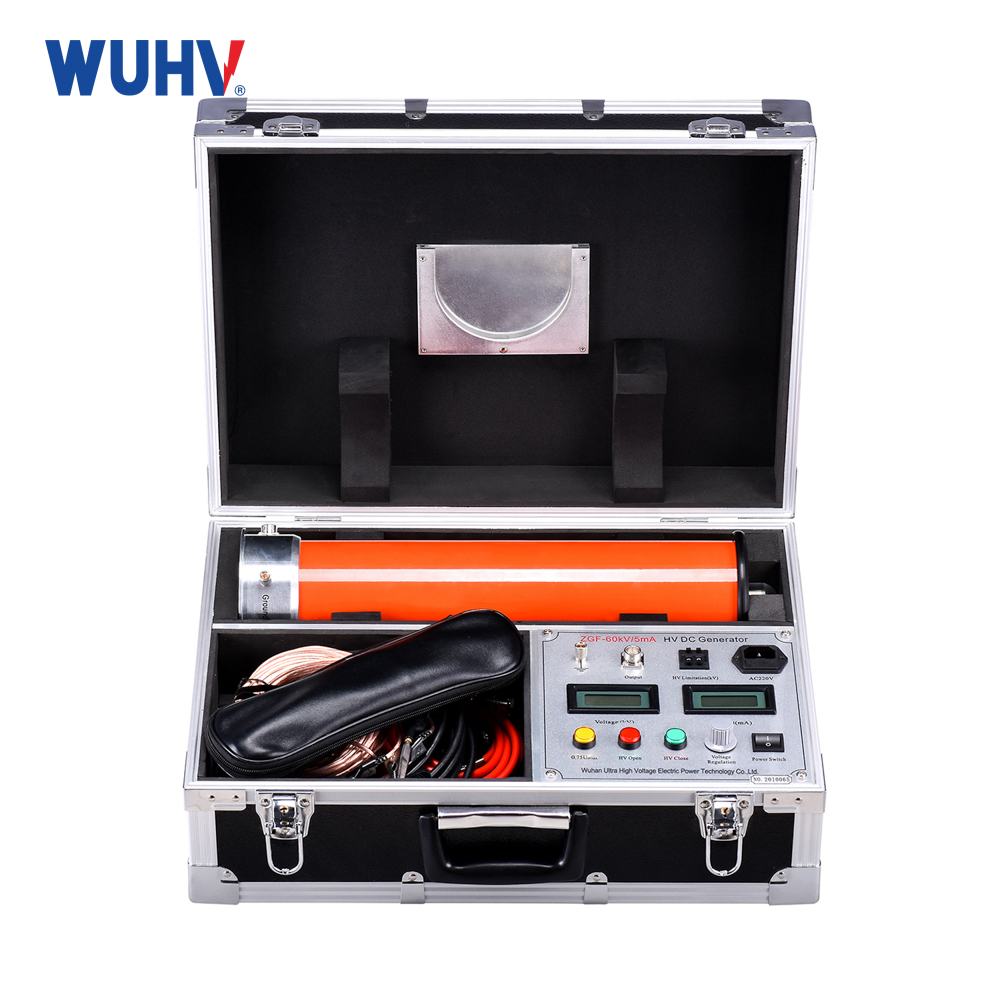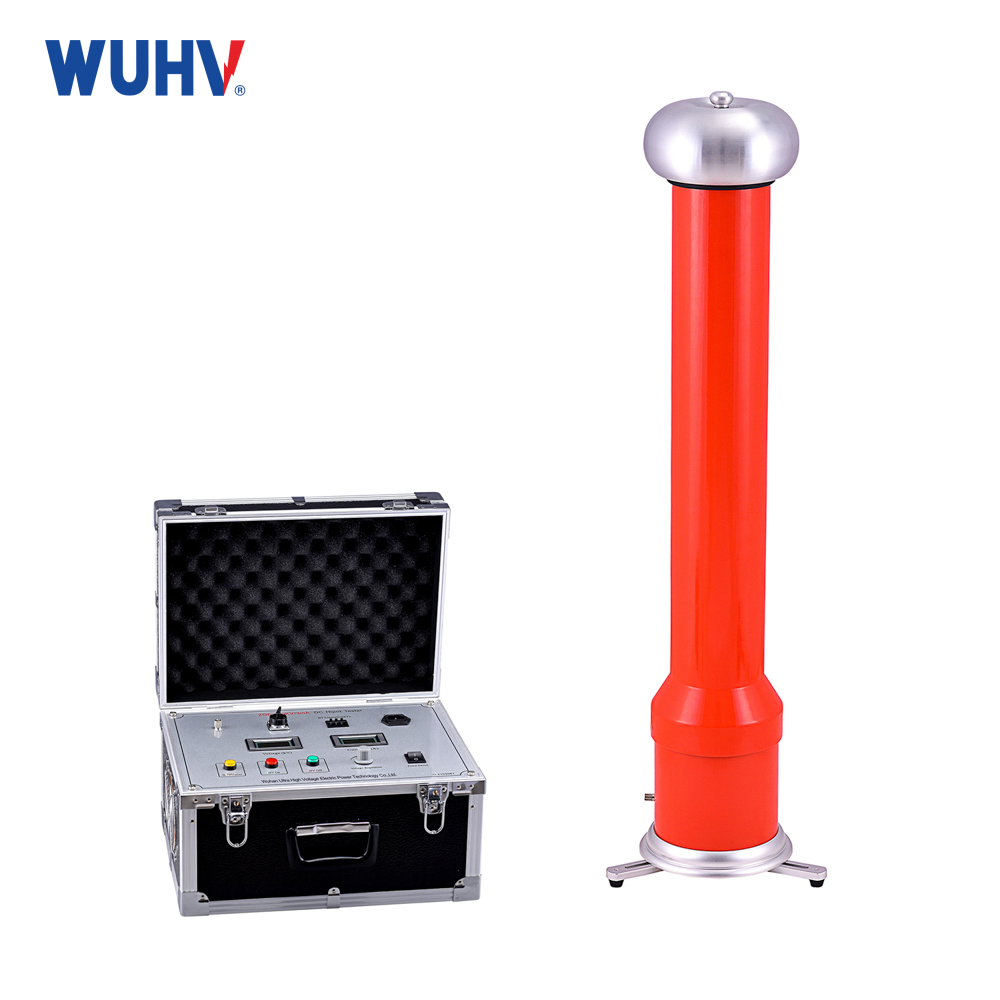The cable fault testerunder Wuhan UHV can help many power workers conduct various power tests more conveniently.

High impedance faults and low impedance faults are two common abnormal situations in cable faults, and they have significant differences in definition, causes, effects, detection methods, and handling methods. The following is a detailed analysis:
definition
High resistance fault: refers to a fault situation where the resistance in the cable is abnormally high. Usually, a high resistance fault occurs when the insulation layer of a cable is damaged, resulting in a decrease in insulation resistance, but it is not close to zero and is between several hundred kiloohms and several megaohms.
Low resistance fault: refers to a fault situation where the resistance in the cable is abnormally low. The resistance value of the cable will become abnormally low in low resistance faults, approximately below 1 ohm.
reason
High resistance fault: may be caused by cable aging, insulation damage, loose joints, and other reasons. For example, when a cable ages or its insulation is damaged, the path through which current flows becomes problematic, leading to an increase in resistance value; Loose joints can cause unstable resistance, leading to high resistance faults.
Low resistance fault: usually caused by cable short circuit, insulation moisture, external substances entering the cable, and other reasons. For example, when a cable short circuits, the current will jump directly from one point to another, causing a decrease in resistance value; When insulation becomes damp or external substances enter, it can also cause a decrease in resistance.
influence
High impedance fault: may cause problems such as poor current and unstable voltage, which have a certain impact on the stable operation of the power system.
Low impedance fault: may cause serious problems such as excessive current and equipment damage, posing a serious threat to the safety of the power system.
test method
High impedance fault: It can be detected through methods such as cable impedance measurement. For example, using equipment such as cable flaw detectors, high resistance faults can be determined by measuring the insulation resistance of the cable.
Low resistance fault: It can be detected through methods such as cable short circuit testing. For example, using a high current generator to inject high current into cables, diagnosing the presence of low resistance faults by measuring resistance, current, grounding resistance, and other values.
processing method
High impedance fault: Cable replacement or insulation repair may be required. The specific handling method needs to be determined based on the specific situation of the fault.
Low impedance fault: Cable insulation repair or equipment replacement may be required. Similar to high impedance faults, the specific handling method also needs to be determined based on the specific situation of the fault.
induce
High resistance faults and low resistance faults are both manifestations of abnormal resistance in cable faults, but they have significant differences in definition, causes, effects, detection methods, and handling methods. Accurately identifying the type of fault is crucial for solving problems during cable maintenance and troubleshooting, and helps ensure the normal operation and safety of the power system.


